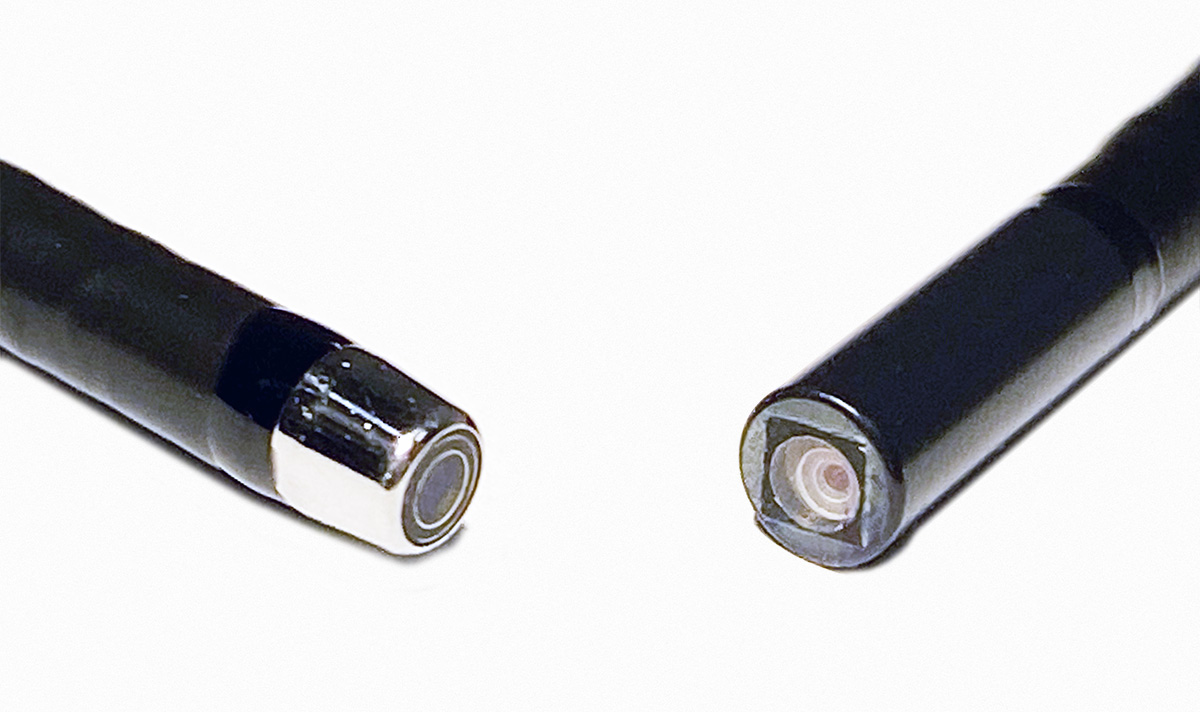
When selecting an endoscope, a clinician has a major decision to make: to go with a distal chip or a fiber optic scope. While many factors such as image quality, ergonomic design and price are considered, a major factor that can be often overlooked is the durability and longevity of the product.
The term distal chip merely means that the camera image sensor is located at the distal end of the endoscope. It does not automatically pertain to the overall image quality produced by the endoscope. Just like there is a wide range of quality between fiberoptic endoscopes, there is a wide range of quality between distal chip endoscopes, as well.
Distal chip scopes on paper may have certain advantages to fiber scopes considering their all-in-one design with the light source and electronics built directly into the body of the scope itself. However, when it comes to reparability this is a significant drawback as repairs tend to be more complex. The entire scope must be deconstructed to access the electronics, leading to longer repair times. Compare this to a fiber endoscope where the light source and camera are external- if either part stops functioning it can easily be swapped out for a working one with very little to no downtime.
Fiber endoscopes are inherently analog devices with an overall less complex design compared to a distal chip scope. While analog devices may seem outdated in the digital age, less parts are required in the manufacture of an analog scope. Additionally, analog parts are generally produced for many decades compared to electronics parts which are discontinued and go out of production much quicker, sometimes even during the lifecycle of the product itself. Because of this some manufacturers offer shorter support times for their distal scopes, leaving the user with the only option of purchasing a new scope instead of repair. Always check with the manufacturer for their support policy before purchasing any type of endoscope.
Another consideration one must remember when comparing distal vs fiber is that both types of endoscopes use fiber optics for light transmission, therefore making them both susceptible to fiber optic damage. Furthermore, both scopes use mechanical linkage to control the curvature of the insertion portion as well so one must be cautious not to bend the insertion portion drastically to avoid damage regardless of what scope is being used. Distal chip scopes also have additional wiring contained in the insertion portion to power the image sensor, so extra caution must be exercised to avoid damage.
In conclusion, despite which type of endoscope you decide to choose for your practice, if proper care and handling instructions are followed, it should last a long time. Both Distal chip and fiber optic scopes can suffer from the same types of damage so precautionary steps must be taken to ensure the longevity of the product.
